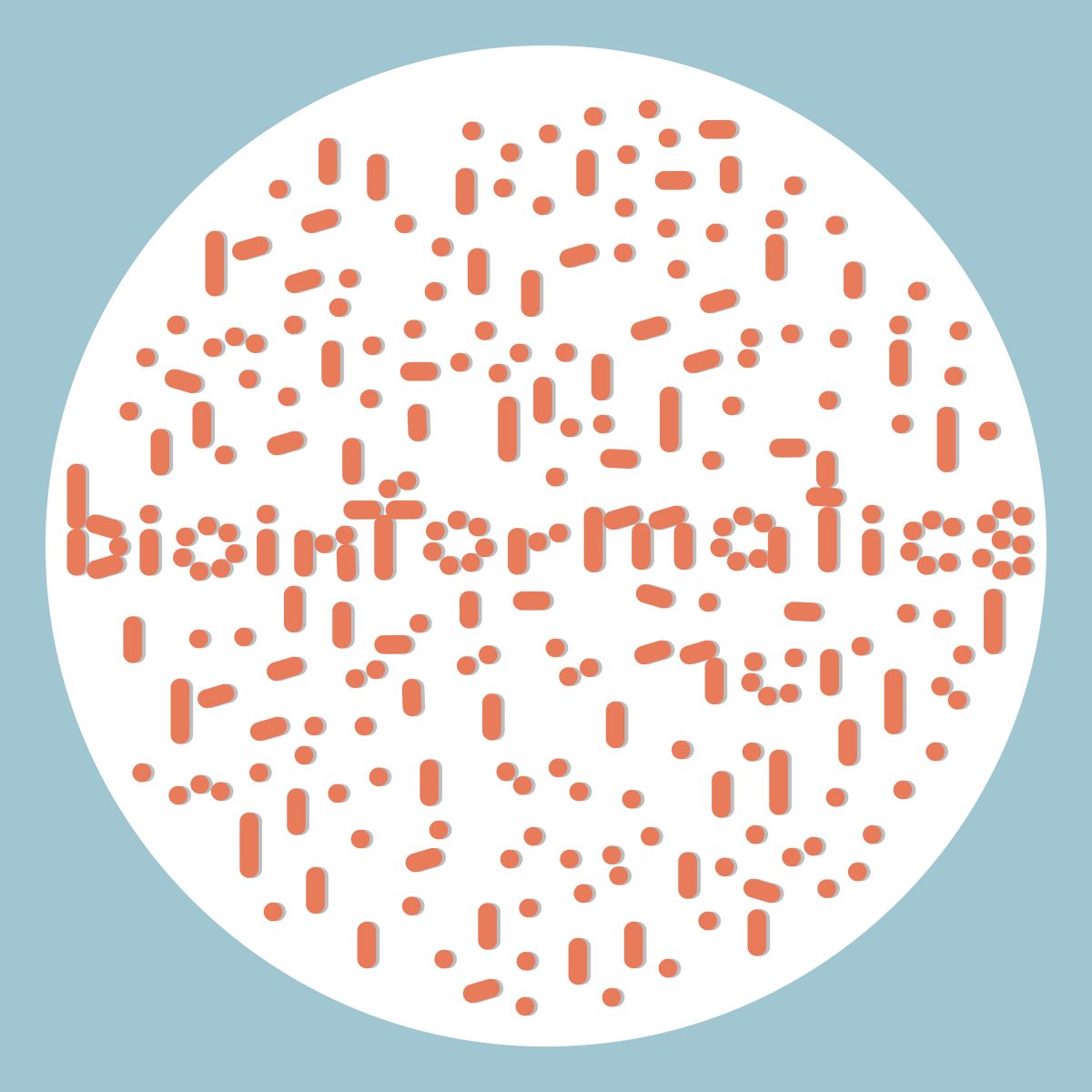Bioinformatics Unlocks Mechanisms of Disease Progression

Bioinformatics, a field that enables powerful analysis of large amounts of data, is being applied to Huntington’s disease to find potential candidate molecules that play a role in pathogenesis. Researchers have conducted high throughput screens of genetic information, and this information is now being deciphered by different computer programs to create predictive models of disease. In a recent study, co-lead authors Dr. Mu-Hui Fu and Dr. Chia-Ling Li from National Cheng Kung University in Tainan were joined by their colleagues to analyze regulatory mechanisms of microRNA molecules (miRNAs) using four different bioinformatic tools. They found that the miRNA known as miR-196a acts through several pathways that may be implicated in Huntington’s disease.
“RNA interference (RNAi) is one promising approach [for therapy to delay the progression of Huntington’s disease], and it can suppress the expression of mutant HTT at the post-transcriptional level,” wrote Dr. Fu and Dr. Li, referring to how Huntingtin (HTT) gene is mutated in patients with Huntington’s disease. “According to our previous study, a specific miRNA, miR-196a, could ameliorate the Huntington’s disease phenotypes in cell, transgenic mouse and induced pluripotent stem cell models, suggesting that it regulates endogenous pathways to improve Huntington’s disease.”
Since the team is interested in exploiting miR-196a for Huntington’s disease treatment, they wanted to understand how the miRNA regulates pathways in cells. To do this, they used high throughput mRNA microarrays to gain data from striatal tissue samples from Huntington’s disease model mice and miR-196a over-expressing mice. They then used Database for Annotation, Visualization and Integrated Discovery (DAVID), Molecular Signatures Database (MSigDB), TargetScan and MetaCore bioinformatics databases to analyze the data.
As explained in “The Potential Regulatory Mechanisms of miR-196a in Huntington’s Disease through Bioinformatic Analyses,” which was published in PLOS One, the researchers found that some of the most highly regulated cell pathways different between the two types of mice involved adaptive immunity, tissue remodeling and wound repair, and cytoskeleton remodeling. The cytoskeleton remodeling pathway was of particular interest, as it influences the morphology and function of cells such as neurons that are involved in Huntington’s disease pathogenesis. When the researchers applied miR-196a to neurons grown in vitro, these were able to lengthen their neurite extensions and look more like normal neurons.
“Since impairment of the cytoskeleton has been reported in several neuronal diseases, this study will provide not only the potential working mechanisms of miR-196a but also insights for therapeutic strategies for use with different neuronal diseases,” wrote Dr. Fu and Dr. Li. The team discovered that miR-196a is protective of neuron cytoskeleton structure, and this may be important in developing future therapeutic strategies for Huntington’s disease.






